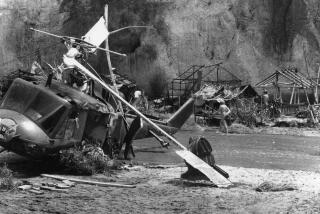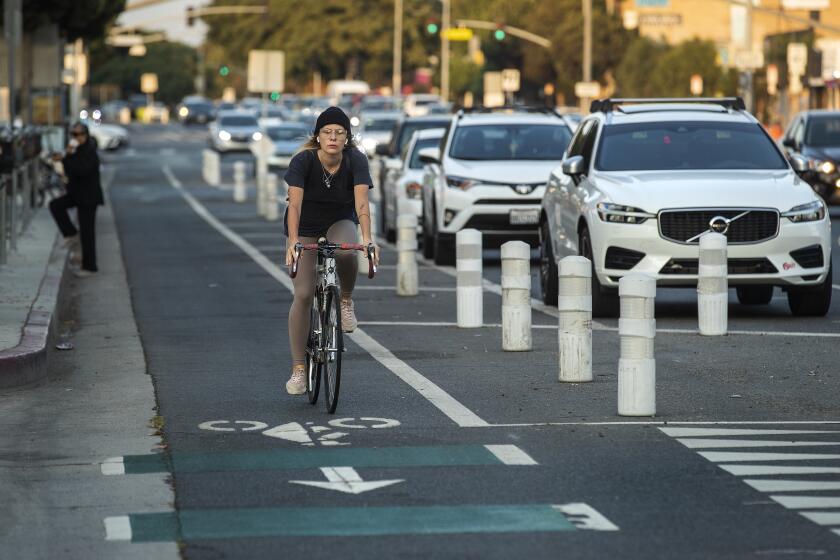Cerritos Crash Traumatized Him, Controller Says
- Share via
The air traffic controller who tracked an Aeromexico jetliner before it collided with a private plane over Cerritos and crashed testified Tuesday that he had sought psychiatric help because he was traumatized by the tragedy in which 82 people died two years ago.
“I was feeling a lot of sorrow, grief and empathy,” Walter White, 37, said of the days and weeks after the accident. “I was very moved by this, and I did try to talk to someone to help me work out all that happened.”
White, recently promoted to radar and tower supervisor at Santa Barbara Municipal Airport, took the witness stand in the Los Angeles federal court trial over responsibility for the accident.
More than 50 lawsuits have been consolidated in the case against the Federal Aviation Administration, Aeromexico and the estate of the pilot of the plane that collided with the jetliner. The plaintiffs--virtually all of them survivors of the crash victims--mainly blame White, arguing that he should have seen the small private plane on his radar screen and instructed the jetliner to take evasive action.
Several expert witnesses have testified that data stored in FAA computers show that the small plane, piloted by William K. Kramer, 53, should have been visible on White’s radar screen.
White has said in federal public hearings that he did not see Kramer’s plane on his screen.
In 4 1/2 hours of questioning by the plaintiffs’ attorneys, White talked about his routine on the day of the crash, Aug. 30, 1986, and how the disaster affected him.
He said he did not specifically recall all the commands he gave to the Aeromexico jetliner as it approached Los Angeles International Airport. “I don’t recall specifically” was his reply to several questions from plaintiffs’ attorney Marshall Morgan.
But he did remember advising the DC-9 of a small plane “10 o’clock, one mile northbound, altitude unknown” about 90 seconds before the jetliner and the Piper Archer collided at 11:52 a.m.
The plane in question passed safely beneath the jetliner and was “no longer a factor” to the DC-9’s safety, White testified.
After that, he said: “I was aware of no traffic that in my judgment would have been a factor.”
He did not elaborate, however.
In the minutes after the accident, White said he was relieved at his radar position at the Los Angeles Radar Approach Center and went outside to sit on a bench for a time. He later spent some time in a lounge at the center.
“I was very traumatized at the time,” he said.
More to Read
Sign up for Essential California
The most important California stories and recommendations in your inbox every morning.
You may occasionally receive promotional content from the Los Angeles Times.









